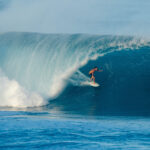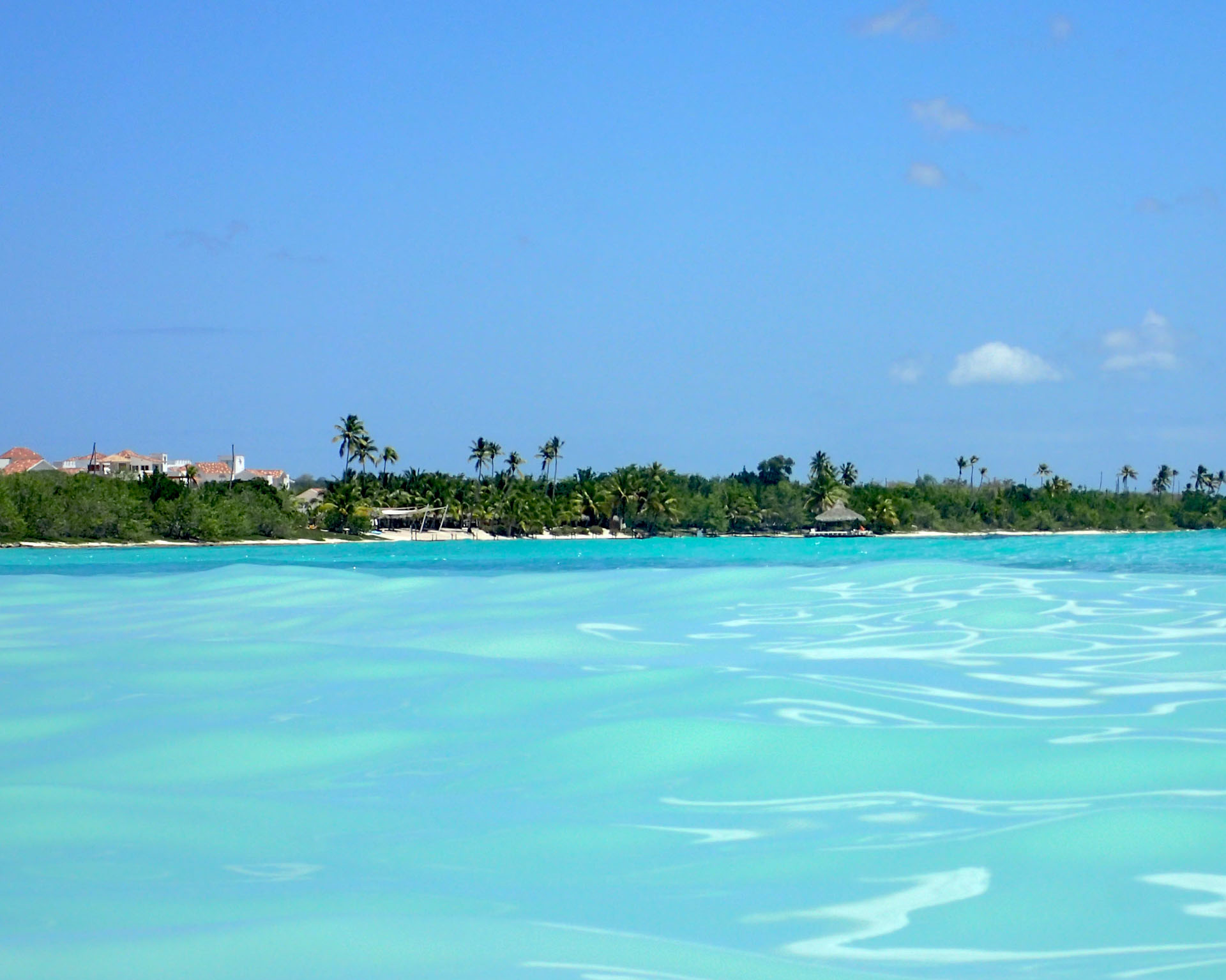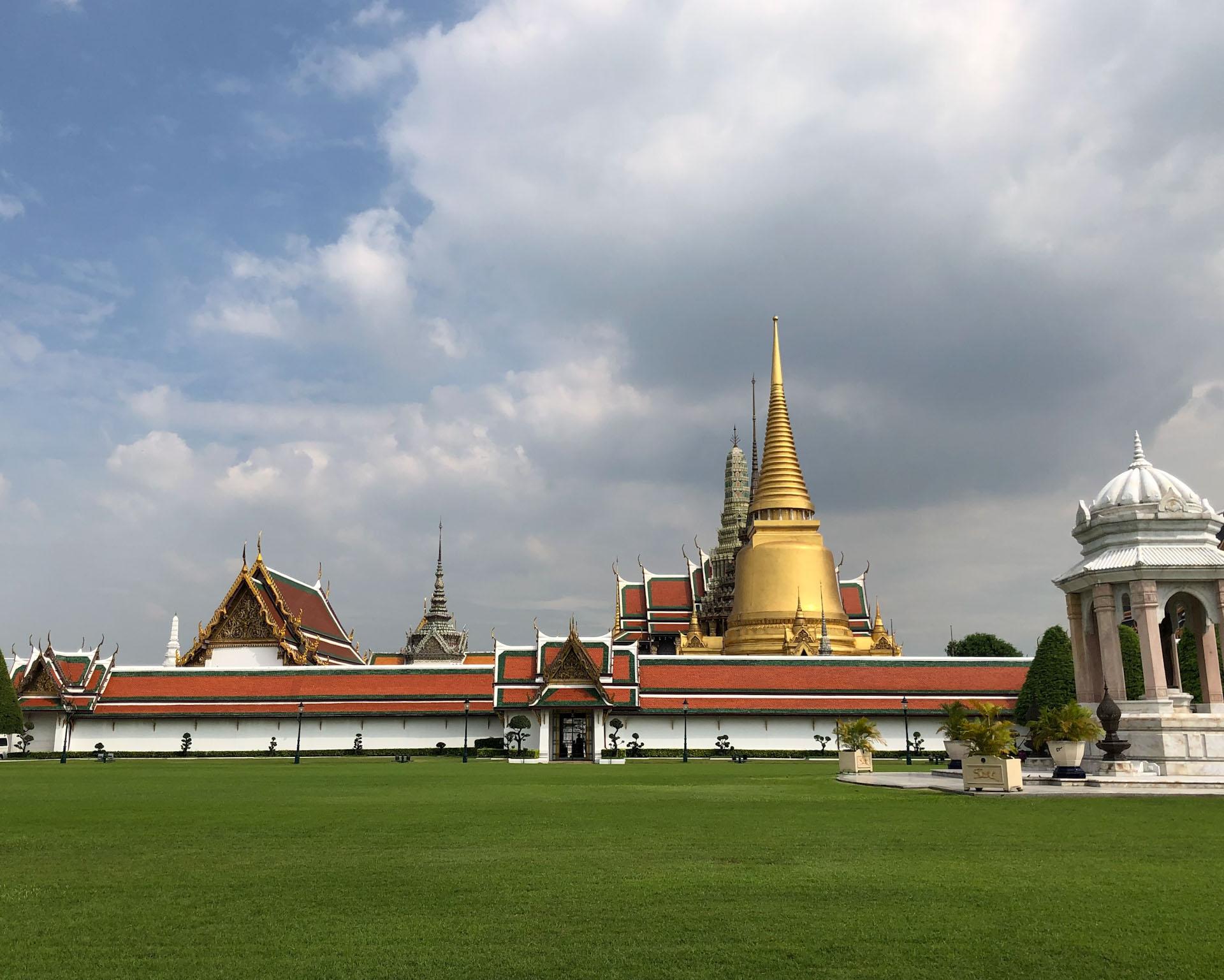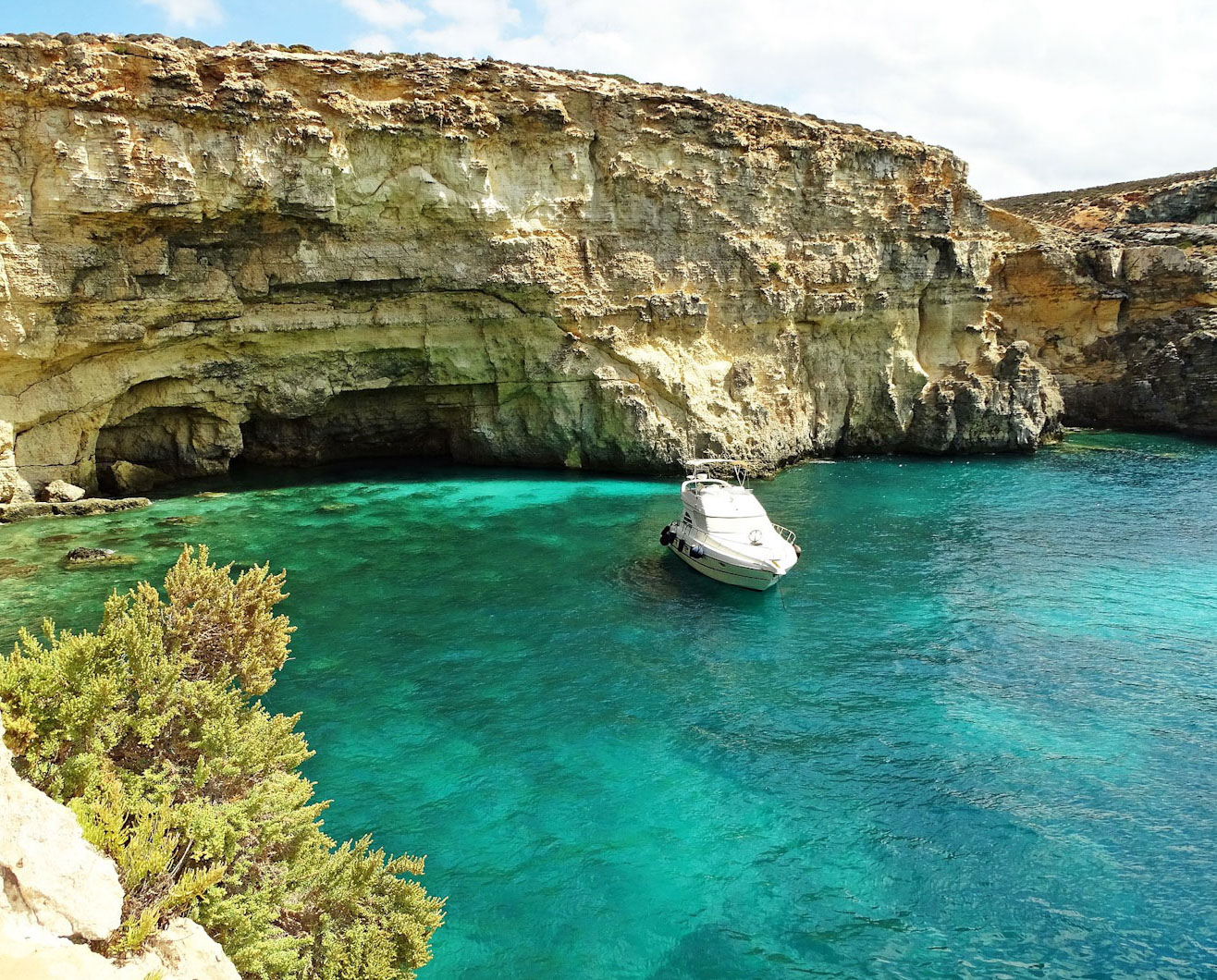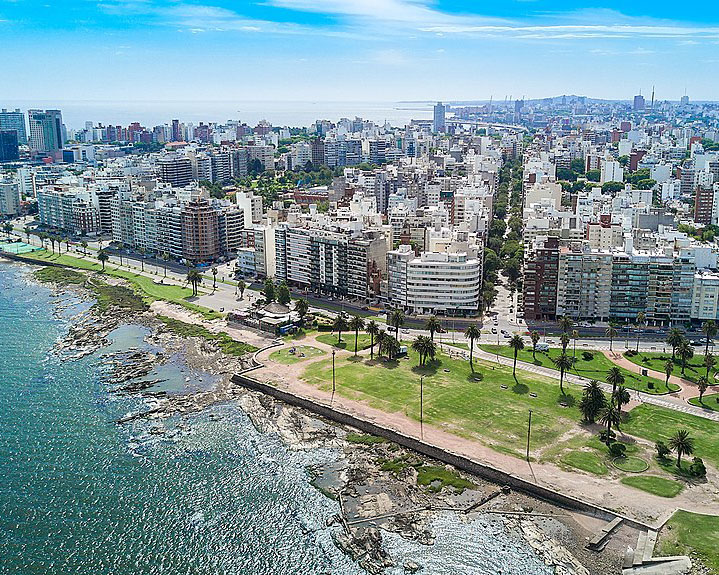What Is the Dominican Republic Known For? Discover the Culture, Nature, and Tourism of this thriving and diversified Caribbean Country.
The Dominican Republic is a thriving and diversified nation in the Caribbean area. The Dominican Republic, known for its sunny beaches, beautiful mountains, gourmet food, and vibrant music, provides a rich tapestry of experiences that draw millions of travelers from all over the globe each year.
The Dominican Republic provides something for everyone who desires adventure, leisure, or education, from its rich history and culture to its breathtaking landscape and food.
Culture and History
The Dominican Republic’s history is rich and varied, reflecting its many roots and wars. Various indigenous cultures, such as the Tanos and the Caribs, formerly inhabited the country and produced renowned arts, crafts, and ceremonies. The entry of Spanish conquerors in the 16th century, however, resulted in forced labor and exploitation of local inhabitants, as well as the importation of African slaves, who affected the development of Afro-Caribbean culture. Despite the Dominican Republic’s violent and harsh colonial heritage, the country has produced numerous heroes and artists who have questioned the existing quo and cherished their own identity.
Some of the most notable Dominicans in history and culture include:
- Juan Pablo Duarte: regarded the Dominican Republic’s father, Duarte was a revolutionary leader who battled for the country’s independence from Spanish domination in 1844. His democratic, nationalist, and anti-imperialist beliefs continue to inspire many Dominicans today.
- Julia Alvarez: a famous writer whose books and poetry have addressed issues of identity, exile, and gender. Alvarez was born in New York City but spent part of her youth in the Dominican Republic before escaping with her family to escape the political turbulence of the 1960s.
- Merengue. This fast-paced dance and music form evolved in the Dominican Republic’s rural districts, where African and European traditions merged to create a bright and sensuous celebration of pleasure and freedom. Juan Luis Guerra, Johnny Ventura, and Milly Quezada are among the most well-known merengue musicians.
Nature and the Environment
The Dominican Republic has a diversified and beautiful natural environment, including beaches, mountains, forests, rivers, caverns, and deserts. This biodiversity supports a diverse array of flora and wildlife, including endemic species found nowhere else on the planet. Furthermore, the Dominican Republic has a strong history of conservation and eco-tourism, which attempts to safeguard sensitive ecosystems while offering tourists with sustainable and unique experiences.
Some of the most popular destinations for nature enthusiasts and explorers include:
- Los Haitises National Park: home to a variety of rare and endangered species, including manatees, brown pelicans, and the Bayahibe rose, this park has a unique and sensitive environment of mangroves, caverns, and islands. Visitors may explore the caverns by boat and marvel at the exquisite rock formations and petroglyphs left by the Tanos.
- The Samaná Peninsula, situated in the country’s northeast, is famed for its clean beaches, humpback whale viewing, and lush forests. Hiking to waterfalls, zip-lining through the forest, and riding along the coast on horses are all options for tourists. El Limón waterfall, Cayo Levantado island, and Los Haitises National Park are among the key attractions.
- Jarabacoa: Situated in the nation’s central highlands, this location has a colder and rainier climate than the rest of the country, making it excellent for outdoor activities like hiking, camping, rafting, and paragliding. Visitors may explore the beautiful woods, rivers, and waterfalls, including the well-known Salto de Jimenoa and the Baiguate Valley.
- Punta Cana: one of the Caribbean’s most well-known resort regions, Punta Cana boasts miles of white-sand beaches, turquoise seas, and exquisite facilities. While the area has been chastised for its excessive growth and environmental damage, there are several attempts underway to conserve the region’s natural beauty and cultural legacy, such as the Indigenous Eyes Ecological Park and Reserve.
Culture and Gastronomy
The Dominican Republic’s food is rich and tasty, reflecting its history, geography, and cultural identity. Dominican cuisine is recognized for its robust and spicy tastes, hefty quantities, and inventive combinations, which are influenced by African, Spanish, and indigenous traditions. Among the most popular meals and ingredients are:
- La Bandera: considered the Dominican Republic’s national cuisine, this meal mixes rice, beans, meat (typically chicken or beef), and salad into a colorful and fulfilling plate that reflects the country’s variety and togetherness.
- Tostones: are fried plantains that have been mashed and then cooked again. They are a wonderful and crispy side dish or snack that may be served with a variety of dips or sauces.
- Moro de guandules: a savory rice meal made with pigeon peas, bacon, and other ingredients, this recipe is a favorite in many Dominican homes and parties.
- Mangu: a mashed and boiled plantain meal that may be accompanied by eggs, cheese, or salami, mangu is a popular breakfast or brunch alternative that delivers energy and comfort.
Aside from its food, the Dominican Republic is well-known for its arts and crafts, which include:
- Carnival masks: these brightly colored and ornately decorated masks are worn during the nation’s yearly Carnival festivities, which take place across the country. Masks depict various characters, animals, or themes and are often handcrafted by local craftsmen utilizing traditional materials and methods.
- Larimar: a unique and exquisite gemstone found exclusively in the country’s southwestern region, larimar is appreciated for its blue-green colours and natural patterns. Local sellers sell larimar jewelry, sculptures, and other items, and visitors may also visit the Larimar Museum in Santo Domingo.
- Merengue tipico costumes: in addition to the music and dance, merengue tipico has a vivid and extravagant dress style that combines African and Spanish elements. Women wear long skirts, heels, and ruffled blouses, while males wear hats, guayaberas, and tight trousers.
- Amber: Amber is a beautiful stone discovered in the Dominican Republic that is fossilized tree resin with inclusions of insects, feathers, or leaves. Visitors may purchase amber jewelry, sculptures, or specimens from a variety of stores or street sellers, or they can visit the Amber Museum in Puerto Plata.
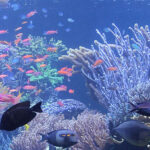
Marshall Islands Marine Life
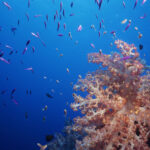
Fiji underwater world
